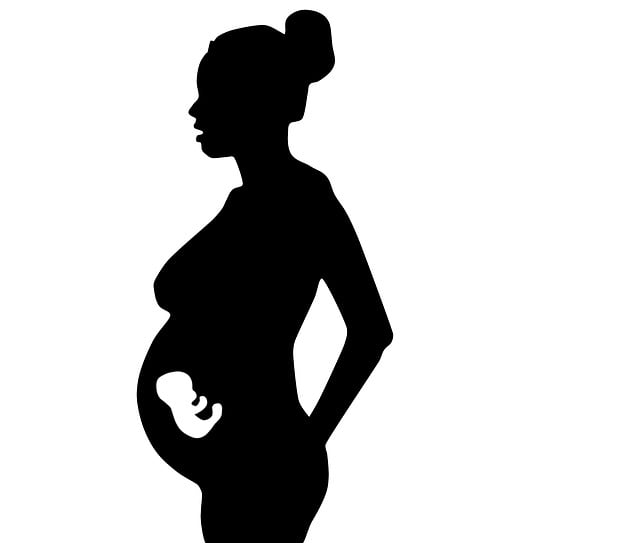When discussing childhood abuse, most people immediately think of physical or sexual abuse. While these forms are undeniably important topics, we frequently neglect a less visible but equally harmful type: emotional abuse. This article aims to shed light on five types of childhood emotional abuse that don’t receive enough attention. It’s critical to recognize that this list does not encompass all forms of emotional abuse but highlights significant aspects often brushed aside.
1. Emotional Neglect
Emotional neglect is one of the most insidious forms of abuse. Defined as failing to meet a child’s need for love and emotional support, it can be easily overlooked. According to the National Society for the Prevention of Cruelty to Children (NSPCC), emotional neglect is just as damaging as other types of neglect. Often, children growing up in emotionally neglectful environments may not realize they are missing something until they reach adulthood. Symptoms can manifest as feelings of emptiness, difficulty understanding emotions, and a fear of dependence on others. This kind of neglect can occur even in seemingly healthy families, particularly when parents struggle with their own mental health or substance issues. A contributor to Modern Family Blog shared her journey of recognizing her emotional needs and the importance of addressing them for recovery.
2. Covert Incest or Enmeshment
Covert incest, also referred to as enmeshment, describes an unsettling closeness between a parent and child that blurs healthy boundaries. In such situations, a parent may rely on their child as a surrogate partner, exposing them to inappropriate discussions or expectations. This form of emotional abuse can hinder a child’s ability to form their own identity and establish healthy relationships in adulthood. A writer on Modern Family Blog poignantly illustrated her experience, detailing how her mother’s inappropriate comments about her body left lasting scars. Recovery from such trauma is possible, though it often requires setting boundaries and reclaiming one’s self-worth.
3. Verbal Abuse and Degradation
The harmful impact of verbal abuse often goes underestimated, yet its effects can linger throughout life. Children subjected to derogatory remarks and belittling comments may internalize these negative messages, leading to issues like low self-esteem and anxiety. A contributing author recounted how the words of an abusive parent echoed in his mind, shaping his self-perception as an adult. Healing from verbal abuse is a challenging but vital process, often involving self-compassion and seeking professional support. For those struggling with similar experiences, exploring mental health options can provide the necessary tools for healing.
4. Grooming for Sexual Exploitation
Grooming is a predatory practice where abusers build trust with their victims before exploiting them. This psychological manipulation often goes unnoticed, as it may occur under the guise of friendship or support. Recognizing the signs of grooming can be critical in preventing childhood sexual abuse. One writer shared her story of being groomed by an adult online, highlighting how the emotional manipulation blurred her understanding of the situation. Awareness and education surrounding grooming can help protect children from potential threats. For further information on recognizing abuse, consider visiting this excellent resource that offers insights on various abuse signs.
5. Use of Shame and Humiliation
The use of shame and humiliation is a classic indicator of emotional abuse. This can manifest in public ridicule or private belittling, instilling deep-rooted fear and anxiety in children. An example of this kind of emotional degradation was illustrated by a celebrity who faced public criticism from her estranged mother. Such experiences can create barriers to emotional well-being that persist into adulthood. Learning to heal from these experiences often involves breaking free from the cycle of shame and fostering a more compassionate self-view.
In conclusion, emotional abuse during childhood is a pervasive issue that requires greater awareness and discussion. By recognizing these forms of abuse, we can better advocate for those affected and promote healing and recovery. If you or someone you know is dealing with the effects of childhood emotional abuse, know that support is available. For additional resources on family dynamics and emotional health, visit this article.
